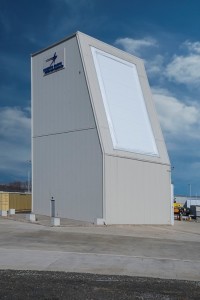
HUNTSVILLE, Ala. -- Lockheed Martin [LMT] won a $320 million contract to extend its work on the missile defense system’s integrating element to integrate the new Long-Range Discrimination Radar (LRDR), the company said Tuesday. Lockheed Martin leads the Missile Defense Agency’s (MDA) Command, Control, Battle Management and Communications (C2BMC) system team. C2BMC is the integrating element of the ballistic missile defense system (BMDS), providing situational awareness and battle management capability. It also pulls together various sensors to various missile defense…

 By
By 











